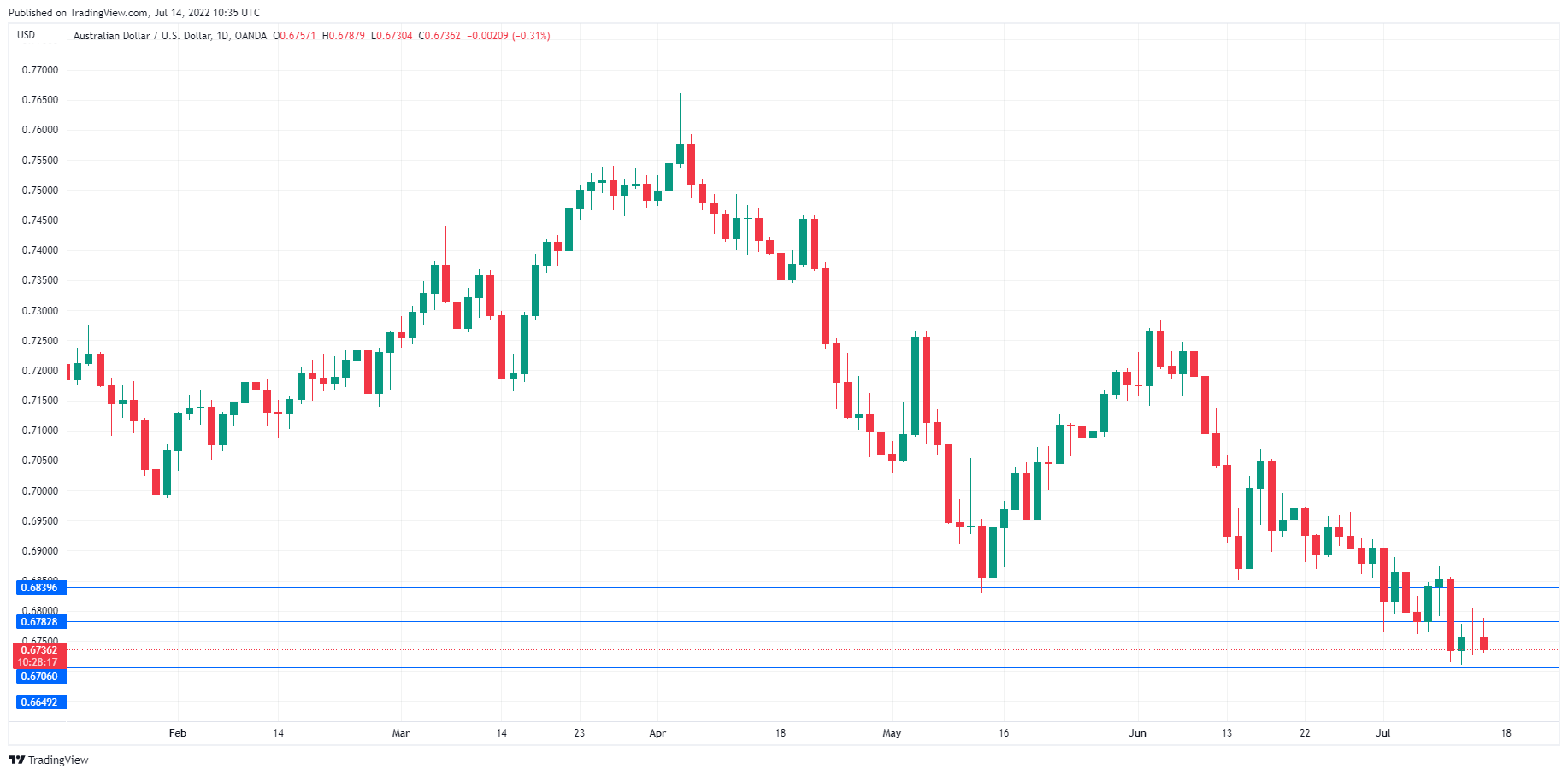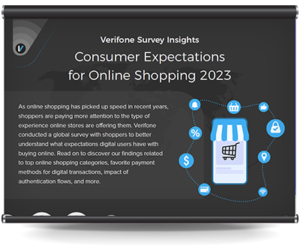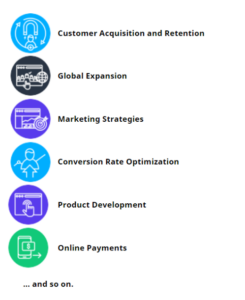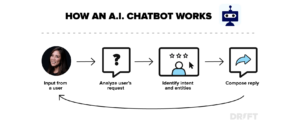Buyers have more authority over their customer journey than ever before. With so much information being distributed online, customers have the ability to arm themselves with the research they need to make informed purchasing decisions.
B2B buyers are particularly scrupulous about the sourcing of data. Collectively, they spend more time on independent research than they do on any other stage in the buying cycle.

For your seller to succeed in making that sale, they need the same level of information as the buyer – and then some. This is where sales enablement teams come in, working to increase sales by opening up a sales rep’s access to knowledge and resources.
What is sales enablement?
Sales enablement is the iterative, strategic process of improving the efficiency of sales processes. Fundamentally, it strives to equip client-facing teams with the resources, tools, and knowledge that they need to perform to their highest capability, with the consequence of accelerating the sales cycle and increasing win rates.
As well as delivering scalable training programs, sales enablement prioritizes the provision of high-quality resources to sales reps. These resources include marketing content like blogs, videos, or white papers to empower reps to add value to sales conversations. It also includes internal resources like product guides, collaboration tools, or process-optimizing technology.
Who owns sales enablement?
Sales enablement is generally owned by sales and marketing. However, because sales enablement is a relatively new field of operations, specific ownership can be tailored to your organization’s needs as long as accountabilities remain clear across departments.
Marketing teams develop content like blog posts, videos, and case studies to generate leads. Their end goal is to nurture buyers down the sales funnel and transfer them smoothly to the sales team.
The sales team uses these same resources to communicate effectively with prospects and close more deals. With the assistance of sales enablement analytics, they are also able to inform marketing teams on the effectiveness of resources.
Essentially, sales enablement bridges the gap between marketing and sales, with each team cross-relaying information to improve digital marketing, sales, and customer retention strategies.
Sales operations vs sales enablement
To prevent responsibility overlap amongst departments, it’s important to recognize the distinction between sales operations and sales enablement teams.
Sales operations are closely aligned with the day-to-day operations of your sales team. They deal with everything from territory planning and lead routing to CRM data management and compensation optimization.
On the other side of the coin, sales enablement teams are primarily concerned with increasing sales through the continuous improvement of training, processes, communication, and the implementation of technology. Aligned with customer engagement processes, sales enablement teams verify that sellers are equipped with the knowledge needed to perform valuable, personalized buyer interactions.
Therefore, an easy starting point for distinguishing the two teams is to remember that sales enablement focuses on early-stage sales processes, while sales operations attend to late-stage processes.

Key Sales Enablement Processes
Every business will design and execute its sales enablement strategy in alignment with its individual needs and end goals. However, successful strategies usually involve the following key processes to maximize win percentages.
Sales onboarding, coaching, and training
Traditionally, sales reps have been thrown into the deep end. It’s not unheard of for sales reps to be offered only annual training opportunities and limited access to resources. This neglects them of knowledge they need to not only be effective in their role but to enjoy their responsibilities with confidence.
A sales enablement strategy internalizes the value of continuous training processes. There’s an emphasis on the onboarding procedure, ensuring that sales reps are instilled with a sense of purpose and aligned with a shared vision. As the employee progresses, they’re provided with monthly training opportunities, up-to-date and easily-accessible resources, automation tools, and more.
Sales content optimization
Sales teams often collaborate with marketers in the content production process to ensure standardization and buyer-centricity. As customer-facing employees, sales reps are positioned to recognize ineffective content, whether this is because it’s not aligned with a brand’s message or doesn’t appeal to specific target audiences. They can also inform the marketing team of any missing or outdated content.
Centralizing content in one shared location makes this process easier; not just for collaboration but for organization and management purposes. Sales and marketing teams can access, create, edit and manage content with ease on a customer relationship management system (CRM) or a collaborative online word processor like Google Docs.
Adoption of technology and automations
Automating parts of the sales process means that sales reps can spend less time on repetitive, time-consuming tasks. For example, administrative duties like appointment scheduling and data collection can be automated to give sales reps more time to complete revenue-generating assignments.
A study by Inside Sales demonstrates just how much of a sales rep’s time is taken up by non-revenue generating tasks.

One of the most popular salesforce automations of late is email sequencing. There are plenty of email examples of how this functions to help sales reps re-engage lost customers and recover sales. For example, a business could create email sequences that automatically trigger if a client misses an appointment or fails to open an email within a certain time period.
Continuous reporting and data analysis
Sales reps rely on data to influence their sales techniques, but the responsibility of data collection and analysis can quickly overwhelm sales teams. To ensure that reps are spending more time on client-facing responsibilities than analytics, sales enablement teams often handle leads scoring systems, sales audits, product demo delivery reports, and other data analysis tasks.
Data-driven insights can then be delivered to the sales team in a standardized format. Some metrics that you might decide to track include:
- Time spent selling
- Time to first deal
- Average deal size
- Close rate
- Quota attainment
- Sales velocity
- Number of prospects engaged
Sales Enablement Best Practices
Building upon a solid foundation is crucial to the success of any business strategy. Here are a few best practices to keep in mind.
Establish responsibilities
Formally establishing roles and responsibilities to team members is crucial at the early stage of the process. Sales enablement often comes with a lot of ambiguity, so being as transparent as you can when it comes to accountabilities can help to prevent potential confusion. It’s also a good idea to establish your sales commission structure at this stage.
Align marketing and sales
According to Linkedin, 87% of marketing and sales leaders cite collaboration between marketing and sales teams as a driving force behind critical business growth.
The aim of a marketer is to transfer leads to the sales team as seamlessly as possible, while the sales team works to make the transition a streamlined, personalized experience. For this to work, both teams need to share the same primary goals and vision, which is something sales enablement teams work hard to cultivate.
Focus on buyer-centricity
Your sales enablement strategy should focus on providing your sales reps with the resources and knowledge they need to deliver a personalized customer experience at every touchpoint of the buying cycle.
This could be as simple as providing your sales rep with a toll-free telephone number to allow buyers to call them at no cost. Or, it might be more complex, like providing sellers with the resources to address an individual’s pain points based on the content they’ve consumed. Either way, reps should be able to curate a personalized message for each customer based on where they are in the buying cycle.
Develop high-quality sales enablement content
A sales rep’s ability to deliver the right content at the right time can make or break a sale. In a world where online reviews have become the ultimate salesperson, your client-facing seller needs to work that little bit harder to build customer trust. Armed with easily-accessible, comprehensive, and high-quality content, your seller will be better positioned to add value to customer conversations.

Perform a content audit to assess the value of your current content and identify any gaps. As sales enablement is an iterative process, you’ll likely find that you need to continuously update and create content to adhere to the changing needs of your target audience.
Utilize sales enablement platforms or tools
Leveraging a sales enablement platform can significantly scale your initiatives. Combining content management with sales training, collaboration, and reporting and analysis, an all-in-one sales enablement platform helps to connect your content, marketing, and sales cycles for comprehensive, end-to-end sales cycle visibility.
Some CRMs are designed to be sales enablement platforms. Many organizations choose to integrate their current CRM with sales enablement tools which, essentially, are any kind of technology that helps to improve your sales process.
As well as a CRM, other sales enablement tools include:
- Content Management System (CMS)
- End-to-end sales engagement platforms
- Collaboration tools
- Performance monitoring software
- All-in-one monetization platforms – with reporting and analysis features
- Email marketing software
- Video coaching tools
Conclusion
Creating a culture that celebrates sales enablement helps to foster learning development, self-assurance, and collaboration. If a sales enablement strategy demonstrates anything, it’s that knowledge is power. When equipped with the right resources, tools, and training, the confidence eluding from an empowered sales team makes them much more capable of producing consistently high results.
Jessica Day is the Senior Director for Marketing Strategy at Dialpad, a modern business communications platform that takes every kind of conversation to the next level—turning conversations into opportunities. Jessica is an expert in collaborating with multifunctional teams to execute and optimize marketing efforts, call center training programs for both company and client campaigns. Here is her LinkedIn.
Source: https://blog.2checkout.com/everything-you-need-to-know-about-sales-enablement/
- About
- access
- across
- address
- Ambiguity
- analysis
- analytics
- appeal
- ARM
- audience
- audiences
- audit
- authority
- Automation
- AVG
- being
- BEST
- best practices
- Bit
- Blog
- Blog Posts
- blogs
- build
- business
- Buying
- call
- Campaigns
- Case Studies
- Coin
- collaborate
- collaboration
- collaborative
- collection
- Communication
- Communications
- company
- Compensation
- complex
- confidence
- confusion
- content
- content management
- Conversation
- conversations
- could
- CRM
- Culture
- Current
- Customer Engagement
- Customer Journey
- customer relationship management
- Customers
- data
- data analysis
- data management
- day
- deal
- Deals
- delivering
- delivery
- Design
- develop
- Development
- digital
- digital marketing
- Director
- distributed
- Doesn’t
- driving
- Early
- early stage
- Effective
- efficiency
- employees
- empower
- engagement
- equipped
- example
- experience
- First
- Focus
- format
- Foundation
- functions
- gap
- Gartner
- generate
- Goals
- good
- Growth
- Guides
- help
- helps
- here
- High
- How
- HTTPS
- idea
- identify
- important
- improving
- Increase
- individual
- influence
- information
- insights
- IT
- Key
- knowledge
- lead
- learning
- Level
- Limited
- Long
- Making
- management
- management system
- marketers
- Marketing
- Members
- Metrics
- mind
- monitoring
- Most Popular
- needed
- Onboarding
- online
- open
- Operations
- opportunities
- organization
- organizations
- Other
- Pain
- Pain points
- planning
- platform
- Platforms
- Plenty
- Popular
- Posts
- process
- Product
- Production
- Programs
- Rates
- Recover
- Reports
- research
- Resources
- Results
- Reviews
- sale
- sales
- Sales and Marketing
- salesforce
- Scale
- Sellers
- sense
- shared
- Simple
- So
- something
- spend
- Spending
- Stage
- Strategic
- Strategy
- studies
- Study
- success
- successful
- system
- Systems
- Target
- techniques
- Technology
- Through
- time
- time-consuming
- tools
- track
- Training
- Trust
- Update
- usually
- value
- Videos
- visibility
- vision
- win
- within
- Work
- works
- world









